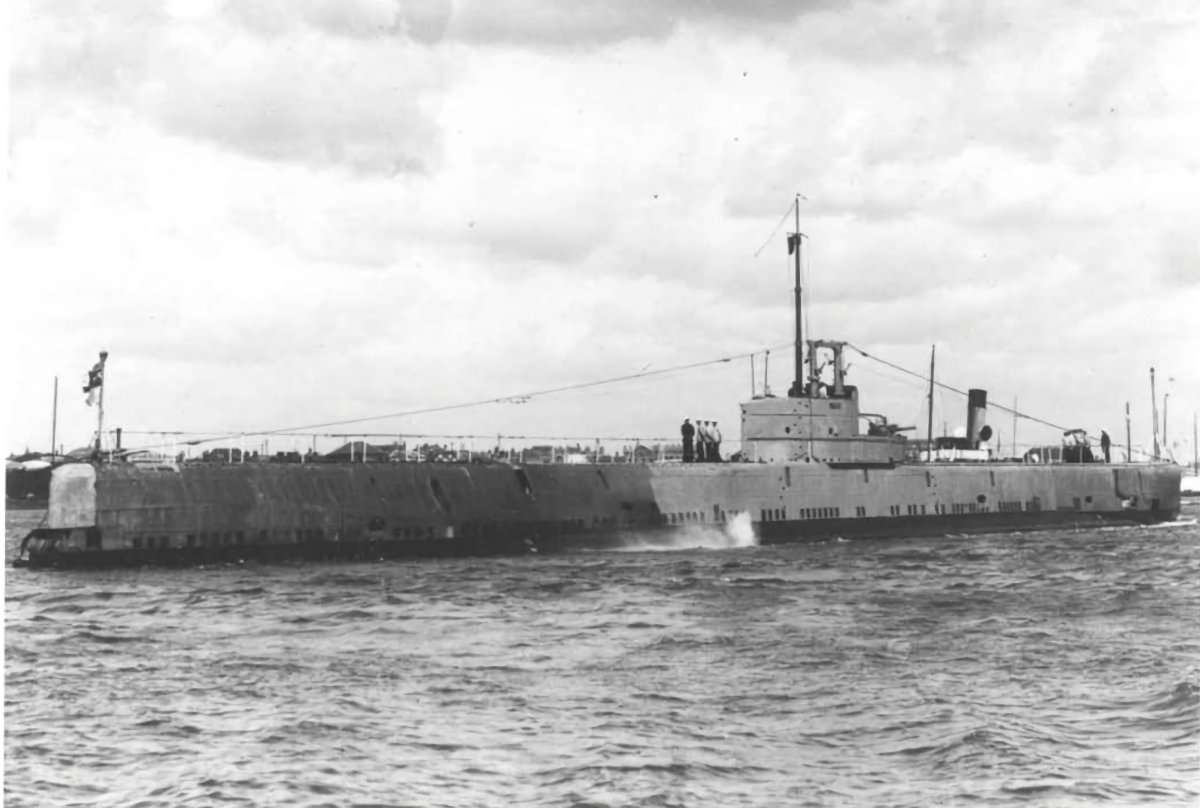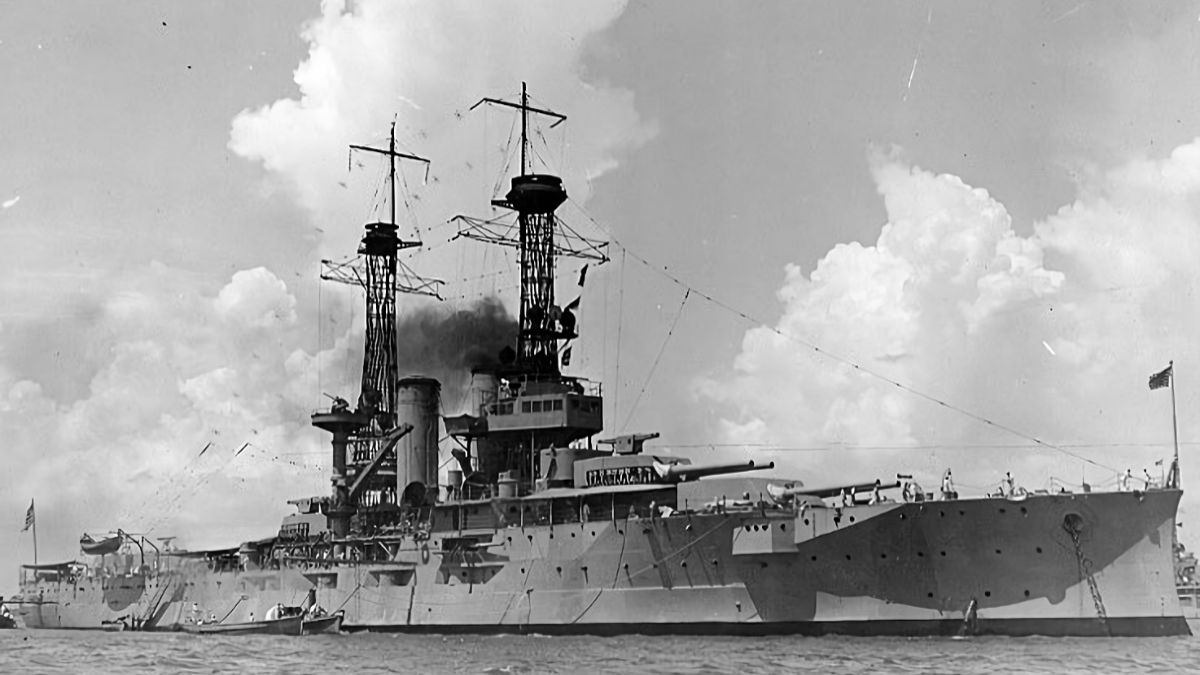Tag: Navy
-
British Submarine HMS Seal

British Submarine HMS Seal HMS Seal was a Grampas-class minelaying submarine of the British Royal Navy. Launched on 28 September 1938, she was commissioned on 28 January 1939. On 4 May 1940 after laying a minefield in the Skagerrak, Seal was hunted by German trawlers after being spotted by aircraft. Successfully avoiding the trawlers, she… Read more
-
US Battleship USS Florida BB-30

US Battleship USS Florida BB-30 USS Florida (BB-30) was the lead ship of her class of dreadnought battleships for the US Navy. Launched on 12 May 1910, she was commissioned on 15 September 1911. During World War One, she was sent to reinforce the British Grand Fleet, where she undertook patrols of the North Sea… Read more